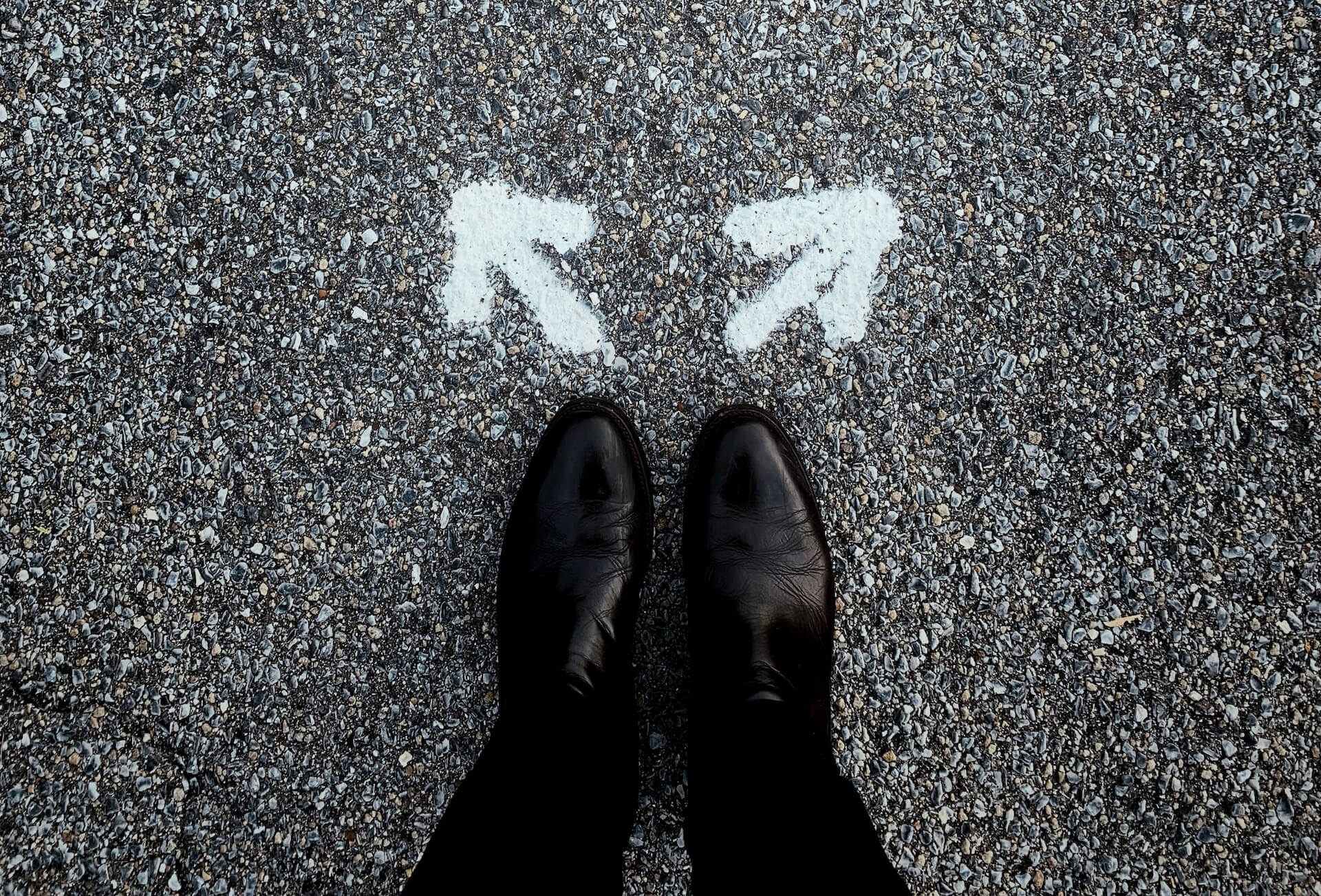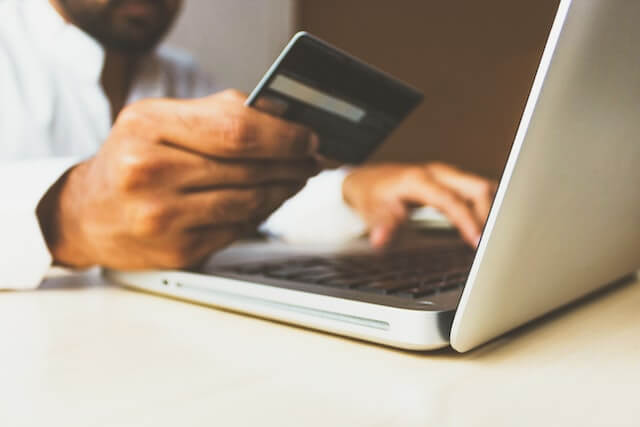The folks who say “the best things in life are free” have never been to Disneyland. But, they’re on to something when it comes to business. Entrepreneurs love nothing more than free advertising. No advertising works like a referral. Social Media Today drops some key stats that reveal why. 60% of marketers say that referral programs generate a high volume of leads. 54% say that referrals have a lower cost per lead than other methods. And marketers rate referrals as the second-highest quality source of leads.
When it comes to lead generation, the best things in life really are free. That’s the great thing about referral marketing. All it costs is being great at what you do and a great person to work with.
There’s nothing not to love about referrals. The question is: How do we get more of them? Simple: being top-of-mind at all times for your past and loyal customers. That way, when their friends and family ask for a recommendation—say, needing a realtor for a first-time home buy—you’re the first person in your industry that comes to mind.
But how do you stay top-of-mind in a meaningful way? By creating meaningful connections and relationships with customers. The kind that transcends the transaction and becomes authentic and human. No method of communication creates a bond like handwritten letters. Handwritten letters help produce grateful, happy customers—the ones who recommend to others. How? Consider these four ways handwritten notes can boost your referral marketing.
1. Send an anniversary letter.
Let’s say you’re a realtor who helped a young couple buy their first home. That’s a huge step for any couple and one that is rich soil for a lasting, loyal customer relationship. Keep track of your sales and send a handwritten letter on the first anniversary of the buy. Imagine getting a home ownership “anniversary” letter: a reminder of this important milestone. Use the letter to reiterate how grateful you were to help and your best wishes for the customers’ future. It’s a warm human touch, and it will keep you top-of-mind for those customers well after you worked with them.
2. Encourage customers to leave an online review…
The digital revolution has brought with it new methods of referral. Strong online reviews have become non-negotiable for successful businesses. Nearly all consumers—97%—use online media when researching products and services in their local area, according to a consumer tracking study by BIA/Kelsey’s. And that research has a major impact on where consumers choose to buy.
The modern customer crowdsources trust from the digital market. 82% of consumers read online reviews for local businesses, according to the Local Consumer Review Survey, with the average consumer reading a whopping ten reviews before feeling able to trust a business. Your online reviews can make or break these digital-first customers. “Positive reviews make 91% of consumers more likely to use a business,” notes the Survey, “while 82% will be put off by negative reviews.”
The transition between an analog marketing experience and a digital one is seamless. To that end, a handwritten letter is a great way to request an online review from a happy customer. You could send a short note thanking them for their business, explaining the importance of their review for your success, and providing a QR code or other link to your Google Review. It’s an intentional, impactful way to inspire a customer to leave a priceless five-star review.
3. …And then thank customers for their online review.
Imagine how good a customer will feel if you send them a letter thanking them for positive reviews. Thanking someone for an online review in such a touching, personal way leaves an imprint in customers’ memories that no competitor could match. You will be the first name on their list when friends or family ask for recommendations.
4. Stay in touch for the long-term, using handwritten letters and free information.
With handwritten letters, you can find creative ways to stay in touch with customers. No hard-selling is needed. Do better: you can use these regular touchpoints to share your expertise for free. It’s counter-intuitive, but offering useful, free insights is a great way to “acquire” customers for no cost, create a sense of reciprocity while growing market share—a critical component of business success. Consider: An accounting firm might send a letter in the months leading up to tax season. The letter could share an overview of new tax changes—and a phone number if clients want to chat more.
A realtor may include a handwritten letter with a newsletter-style mailout, sharing an analysis of the real estate market. Think of it like opening the front door a bit, so customers can peek in and see everything you have to offer. There’s no better way to prove value than to share it. And expertise shared once is expertise that can be shared again. Potential customers will pass that information onto friends and family or will refer them to you. And in the case of past customers, they will be reminded repeatedly of the value you offer.
All four of these are critical ways of staying top-of-mind. And a top-of-mind business is one that will enjoy the fruits of referrals: high-quality lead generation on the cheap. If handwritten letters sound like the right referral marketing solution for you, well then, allow us to refer you to some folks who can help with that.





